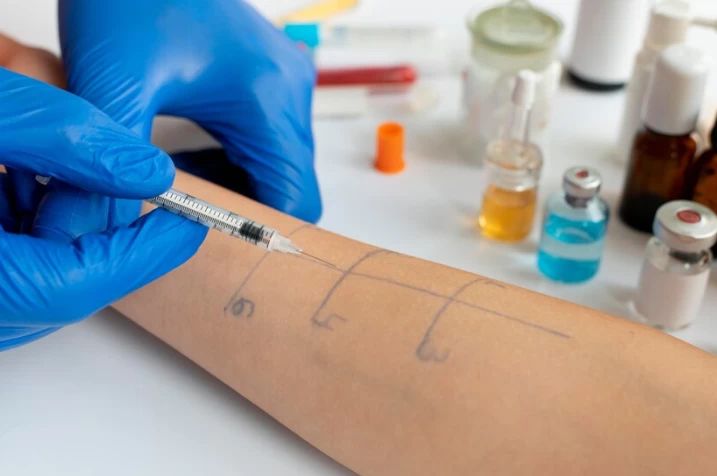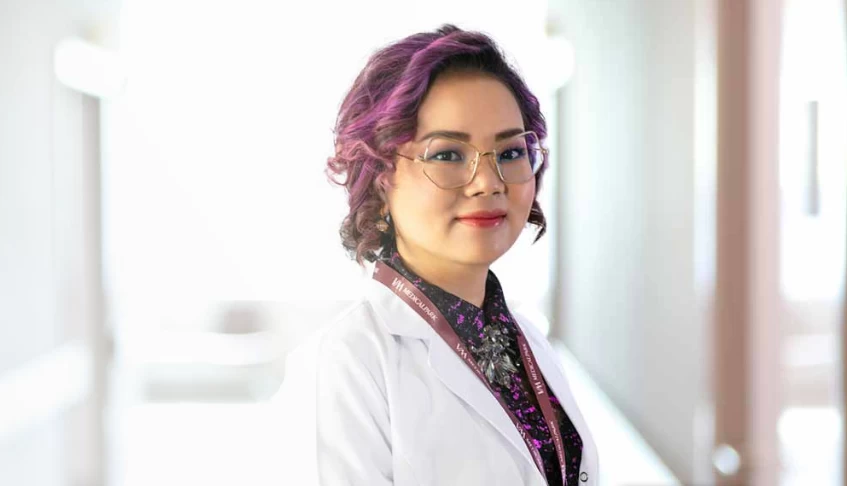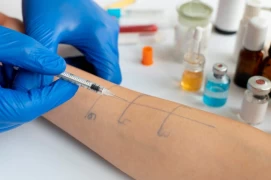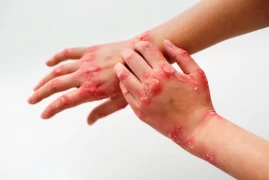
PRP Applications in Dermatology
- PRP Applications in Dermatology
- What is PRP?
- How is PRP Applied?
- In Which Areas of Dermatology is PRP Applied?
What is PRP?
In dermatology, there are numerous innovative treatment methods being utilized, and one of them is PRP (Platelet-Rich Plasma) applications. PRP is an enriched plasma solution obtained from a person's own blood. It contains platelets that are rich in growth factors and play a significant role in the tissue healing process.
For a PRP procedure, a small amount of blood is first drawn from the individual. Then, this blood is processed through a specialized procedure called centrifugation. The centrifugation process separates the components of the blood, allowing the concentration of platelets in the plasma. As a result of this process, the obtained plasma becomes enriched and dense in terms of growth factors.
In dermatology, PRP is used as an effective option for the treatment of various skin problems.
How is PRP Applied?
PRP application is a procedure that involves the following steps:
- Blood Collection: The first step is to draw a small amount of blood from the patient. Typically, a small blood sample is taken from the arm area.
- Centrifugation of the Blood: The collected blood is processed in a centrifuge device. The centrifugation process separates the components of the blood and allows for the concentration of platelets in the plasma. This process is a separation process where the blood is separated into cells and plasma.
- Preparation of PRP: The plasma obtained as a result of the centrifugation process contains the portion with concentrated platelets. This plasma is the enriched PRP solution.
- Preparation of the Target Area: The target area for PRP application is prepared in a sterile manner. The area is cleansed with an antiseptic solution, and if necessary, a local anesthetic is applied.
- PRP Application: PRP is injected into the target area using injections or micro-needles. This procedure is typically performed by a dermatologist or aesthetic specialist. The injections allow the PRP to be delivered to the deeper layers of the skin or the scalp.
- Final Steps: After the PRP injections are completed, the area is cleansed in a sterile manner, and a bandage may be applied if necessary. Post-application care instructions may be given, such as sun protection or the use of specific products.
PRP applications are generally quick and relatively painless. However, depending on the area of application and individual sensitivity, there may be a mild discomfort or swelling sensation.
The duration of the procedure and the number of treatment sessions may vary depending on the individual's needs and treatment goals. In some cases, PRP applications may be sufficient on their own, while in other cases, they can be combined with other treatments.

In Which Areas of Dermatology is PRP Applied?
PRP (Platelet-Rich Plasma) can be applied in various areas of dermatology. Here are some common dermatology fields where PRP is frequently used:
- Skin Rejuvenation and Anti-Aging: PRP is commonly used for the purpose of skin rejuvenation. The growth factors contained in platelets stimulate collagen production, enhancing skin tightness and elasticity. PRP injections can help reduce fine lines, wrinkles, and signs of aging.
- Hair Loss Treatment: PRP is an effective option for treating hair loss. The growth factors in platelets help stimulate hair follicles and promote hair growth. PRP injections can improve hair quality, reduce hair loss, and encourage hair growth.
- Wound Healing and Scars: PRP is used to accelerate the wound healing process and reduce the appearance of scars. The growth factors in platelets promote tissue regeneration and collagen production, facilitating wound healing. PRP injections or applications can be used after surgical procedures or for the healing of injuries.
- Acne Scars: PRP is also commonly used in the treatment of acne scars. PRP injections can reduce the appearance of acne scars by promoting the healing of damaged tissue in the skin. Additionally, it supports the skin's renewal process and can lighten blemishes.
- Pigmentation Disorders: PRP can help even out skin tone and alleviate pigmentation disorders. PRP injections applied to areas with pigmentation issues can make the skin tone more homogeneous.
These are just some dermatology fields where PRP can be applied. Other conditions and treatment options should be evaluated by a dermatologist and determined based on individual needs. Consulting with a dermatologist is important to determine if PRP application is suitable for you.
PRP applications in dermatology are generally considered safe and effective treatment options. However, as with any medical intervention, it is important to consult with your dermatologist and share your medical history before the procedure. This way, you can obtain expert opinion on whether PRP application is a suitable option for you.






